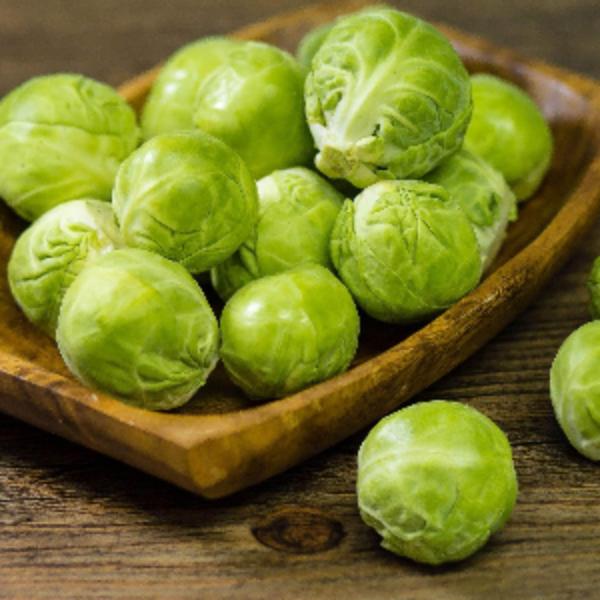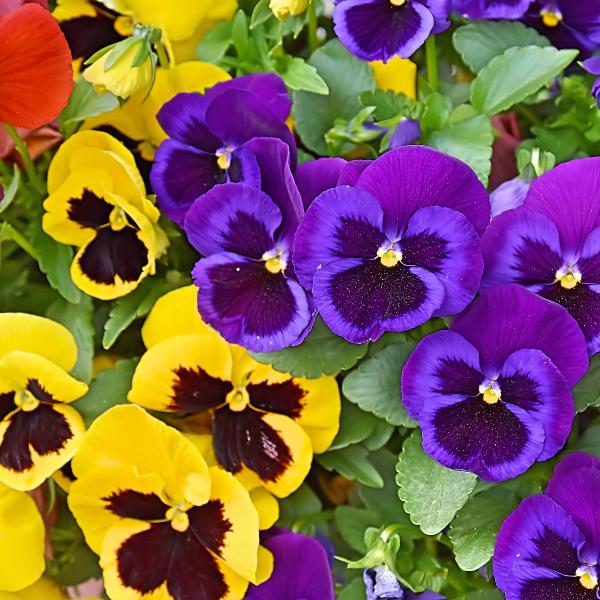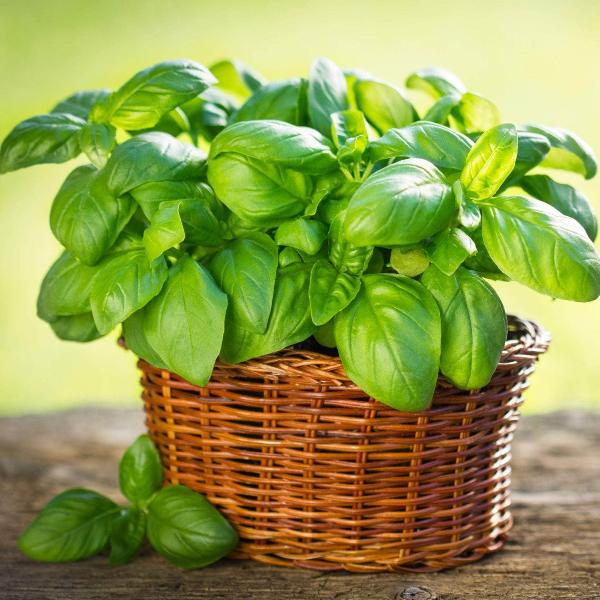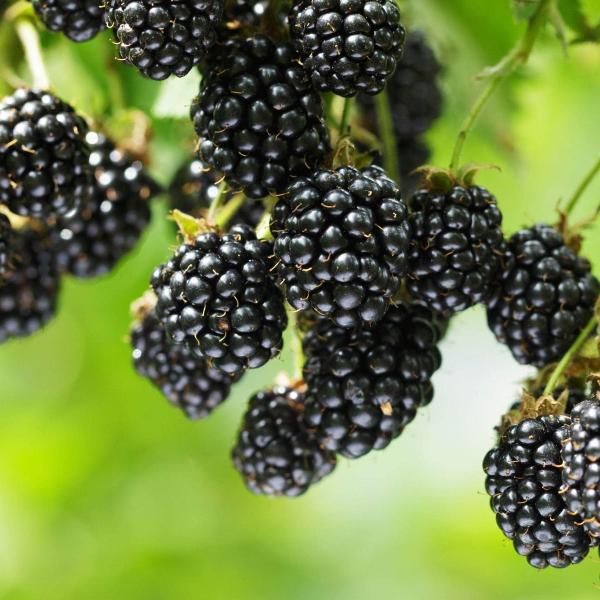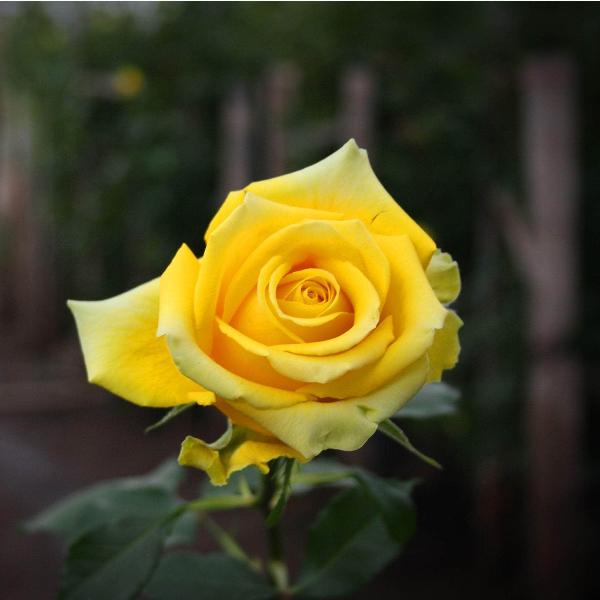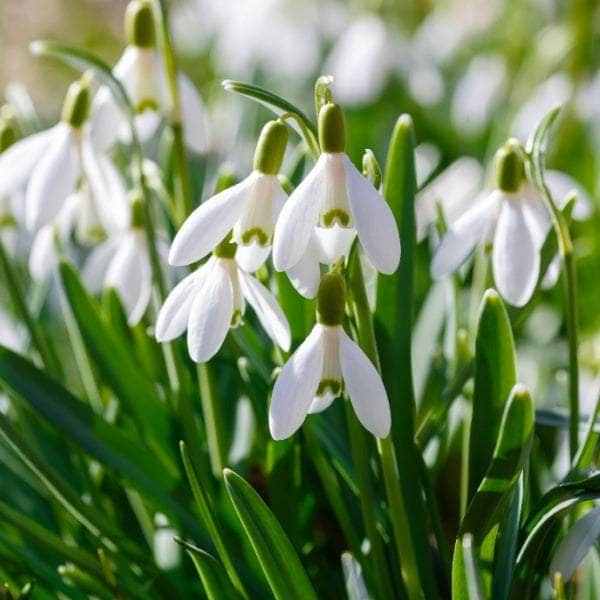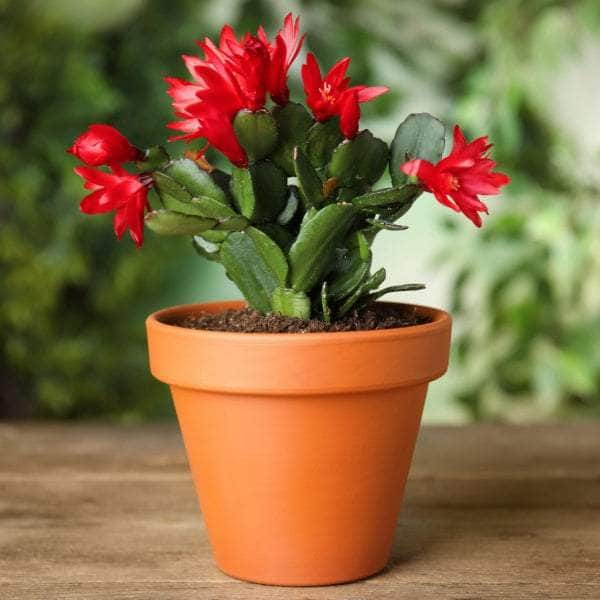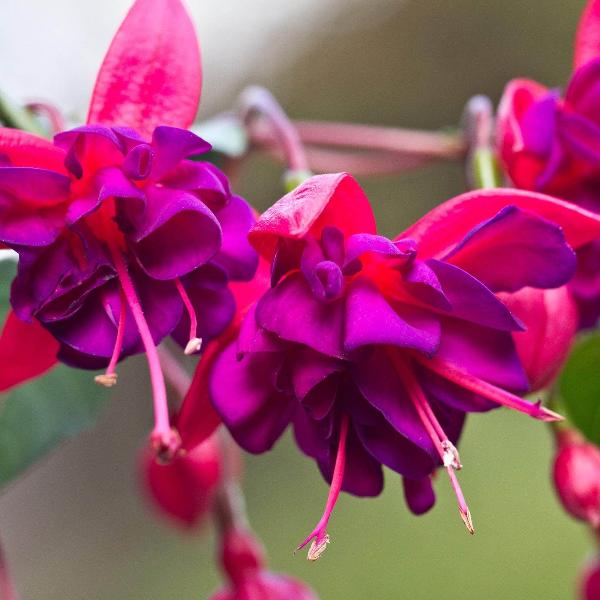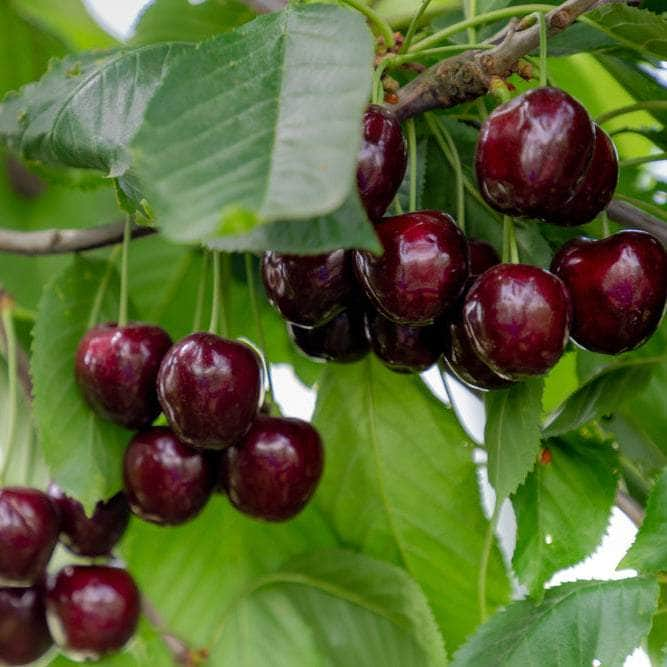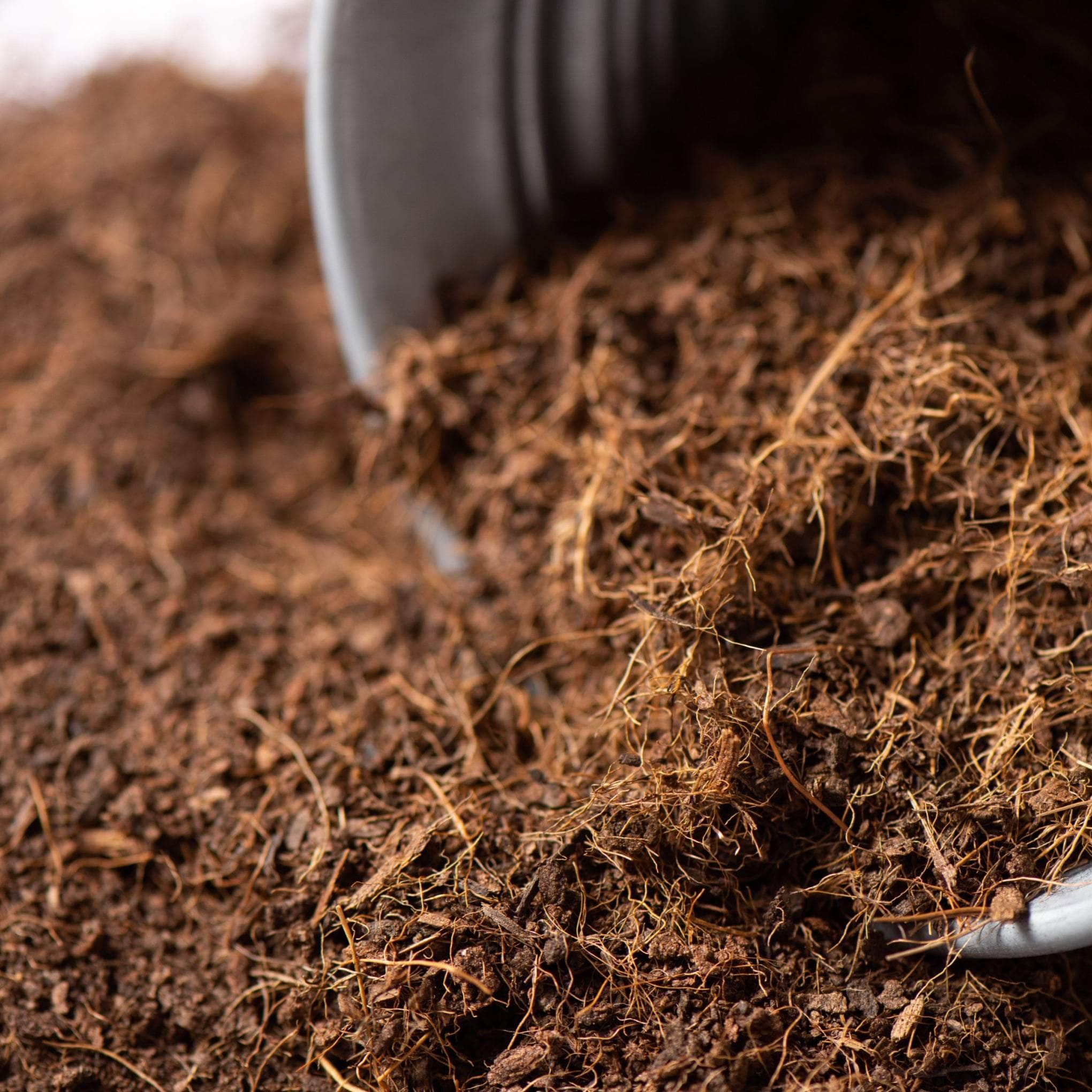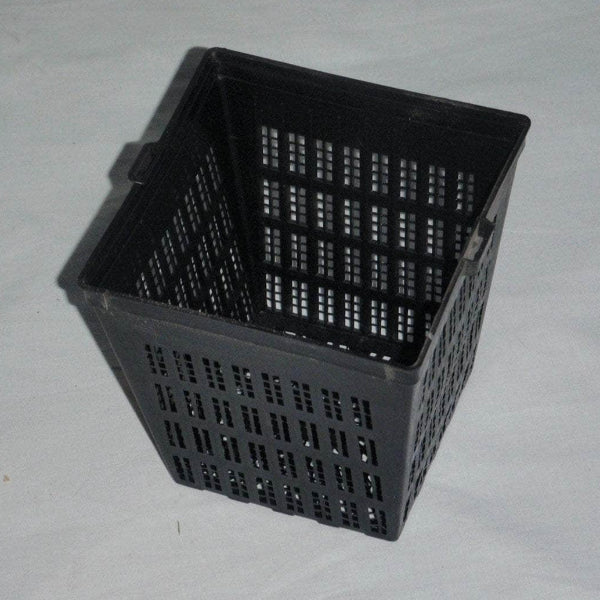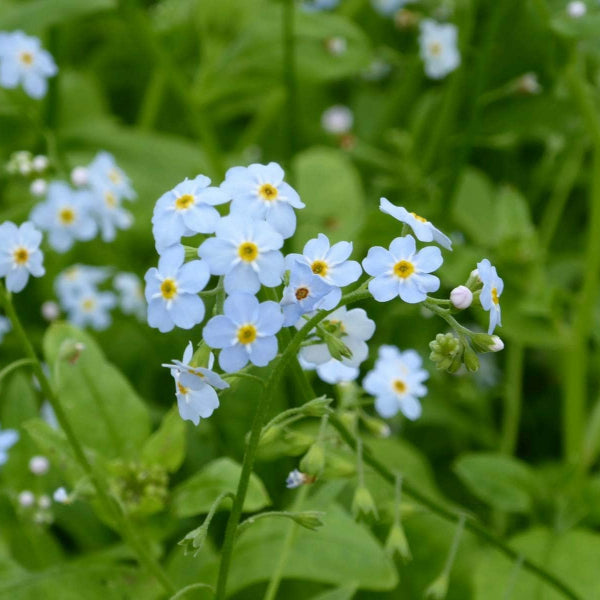Mastering the Art of Growing Alyssum: Comprehensive Tips and Care Guide
Welcome to our comprehensive guide on mastering the art of growing Alyssum. If you've ever been captivated by the delicate beauty of Sweet Alyssum flowers, you're not alone. This charming plant, with its clusters of tiny flowers, is a favourite among gardeners for its versatility and easy-care nature.
Whether you're a seasoned master gardener or a green-fingered novice, this guide is designed to help you understand the ins and outs of growing Alyssum, from choosing the perfect spot in your garden to understanding its light, soil, and water requirements.
In this guide, we'll delve into the world of Alyssum, exploring its different varieties and the best ways to encourage more blooms. We'll also share tips on how to grow Alyssum from seed or transplant, and how to care for your plants throughout the grow season. Plus, we'll tackle common pests and diseases that could affect your Alyssum plants, and how to prevent them.
So, whether you're looking to add a splash of colour to your garden with these delightful flowers, or you're interested in using Alyssum as a companion plant, this guide is your one-stop resource.
Let's embark on this gardening journey together, and help your Alyssum plants thrive!
Understanding Alyssum: An Overview

Before we delve into the specifics of growing and caring for Alyssum, it's essential to understand what this plant is all about. Alyssum, often referred to as sweet alyssum, is a charming annual flower that adds a touch of elegance to any garden.
Its tiny, clustered flowers and sweet aroma make it a favourite among master gardeners. In this section, we'll provide an overview of this beautiful plant, setting the stage for a deeper exploration of its cultivation and care.
What is Sweet Alyssum?
Sweet Alyssum, a captivating annual flowering plant, transcends the norm with its unusual links to the cabbage and mustard families. Regardless, the plant produces an exotic, sweet aroma similar to that of honey, lending it a charm that's quite distinctive. Deliciously fragrant, its tiny, clustered flowers present a carnival of whites, pinks, and purples making it an appealing choice for many master gardeners.
An undemanding specimen, sweet Alyssum thrives in hot weather under full sun but can tolerate partial shade, especially in warmer climates. Its growth requirements aren't picky on soil composition, preferring a range from slightly acidic to neutral, with a vital emphasis on excellent drainage.
Hailed for its boundless blooming, sweet Alyssum offers a stunning groundcover or edging plant. It can create an enchanting carpet of flowers, proving an invaluable addition to the home landscape where an exquisite flower and foliage display is desired. Nonetheless, it's mindful to avoid overcrowding as this beauty requires a good air circulation, often making it an ideal choice for containers and hanging baskets.
The Beauty of Alyssum Flowers
Alyssum flowers are indeed a sight to behold, garnering adoration from both garden enthusiasts and pollinators alike. Their miniscule yet bright blooms huddle together in tight clusters, forming a beautiful carpet-like display which abounds in white, pink, and purple hues.
Master gardeners lovingly refer to this plant as the 'sweet alyssum', not only for its visual appeal but also due to its pleasant aroma that is akin to nature's honey, subtly infusing your garden with a sense of tranquillity.
Interestingly, despite the alluring sweetness, the alyssum plant is closely related to the cabbage and mustard family, demonstrating the diverse and robust nature of flora. This annual flower is indeed a prime choice for those striving to enhance their garden aesthetics and allure.
Tips for Growing Alyssum: Getting Started

Embarking on the journey of growing Alyssum can be a rewarding experience. This section will provide you with essential tips for growing Alyssum, guiding you through the initial steps of this process.
Whether you're a seasoned gardener or a novice, these tips will help you grow sweet Alyssum successfully. Let's dive into the art of planting Alyssum and start the seed of your gardening adventure.
Choosing the Best Location for Planting Alyssum
Sweet alyssum thrives best when it is situated in an environment with abundant sunlight. Although it can survive in partly shaded areas, particularly in hotter climates, ample sunlight paves the way for healthier blooming flowers. Despite being a hardy plant that is not stringent on soil quality, it is keen on soil drainage. A soil pH that slightly leans toward acidic to neutral is favourable, though it is not overly demanding in this regard.
Another nugget of knowledge to tuck away is that alyssum does not appreciate overcrowded garden beds. They crave spaces where they can comfortably spread their roots and enjoy a bloom-filled existence. Thus, it is paramount to consider this when choosing the optimal location to plant your sweet alyssum. A spacious spot would be preferable over a congested one.
Deciding Whether to Plant from Seed or Transplant
When it comes to deciding whether to plant from seed or transplant, consider the diversity that seed planting allows. Starting Alyssum from seed grants access to a larger variety of types, such as Allure Pastel Blend, Oriental Nights, Rosie O’Day, and Tiny Tim.
However, transplants offer their own set of perks. Young compact transplants are less labour-intensive and may adapt quickly to your garden environment. Overgrown transplants, on the contrary, may find this adjustment period challenging.
The choice largely depends on your preference – if you're looking to breed a specific variety or aim for a less time-consuming process. Both methods, if correctly implemented, have the potential to result in a vibrant patch of sweet alyssum. Do remember to keep your seedlings or transplants well-watered until they become established.
Understanding the Best Time to Plant Alyssum
Growing your sweet alyssum with correct timing is vital, whether you opt to sow your seeds directly or start them indoors. Understanding the nature of alyssum as a cool-season flower greatly influences when you plant.
Alyssum tends to flourish most in mild weather conditions. For those in colder winter areas, it's advisable to wait until frost risks pass before planting in the spring. Contingent on the specific variety of alyssum, they may bloom through to autumn.
In contrast, those residing in milder winter regions, such as zones 7-10, should consider planting during autumn and winter. This leads to thriving blooms until the warmth of summer begins. Impressively, in such zones, alyssum may grow year-round, with blooms modestly slowing in the high-heat of summer and reinvigorating as temperatures cool.
How to Grow and Care for Sweet Alyssum

Growing and caring for sweet alyssum can be a rewarding experience. This plant, with its vibrant carpet of tiny flowers, can transform any garden into a colourful haven. In this section, we'll delve into the specifics of how to grow and care for sweet alyssum, covering everything from light, soil, and water requirements to temperature preferences and fertilising needs.
Whether you're a seasoned gardener or a beginner, these comprehensive tips will help you nurture your sweet alyssum to its full potential. Let's get started!
Light, Soil, and Water Requirements
Light Requirements: Sweet alyssum thrives in ample sunlight throughout the day but can sustain in part-shade settings in hot climates. Excess shade may, however, bring decrease in flower production.
Soil Needs: The plant prefers well-drained soil, with a neutral or slightly acidic pH level. Soil nutrient content greatly influences the health of sweet alyssum and its flower production.
Water Requirements: Routine irrigation is vital for sweet alyssum, especially for those in containers or in warm regions. Maintaining consistent soil moisture helps in promoting better flower production.
Temperature and Humidity Preferences
Alyssum plants prefer a temperature range of 60-75 degrees Fahrenheit, showcasing their versatility in various climates.
These plants appreciate moderate humidity levels, allowing them to maintain their vibrant blooms.
Extremely high temperatures or dry conditions can stress sweet alyssum, potentially impairing growth and flowering. Regular watering and mulching can help mitigate these issues.
Fertiliser Needs and Pruning Tips
To stimulate new growth and encourage more bloom, provide your sweet alyssum with a water-soluble fertiliser when the blossoms appear.
If the grow season becomes too hot and the sweet alyssum plant stops blooming, slightly shear it by half to promote fresh growth.
Pruning isn't necessary for the sweet alyssum plant, but you may trim to maintain size or enhance overall appearance. Mid-summer trimming can increase autumn blooming and prevent unnecessary seeding.
Potting and Repotting Sweet Alyssum

Potting and repotting sweet alyssum can be a rewarding experience, especially when you see your plant thriving. This section will guide you through the process, ensuring your sweet alyssum plant gets the best start in its new home. Whether you're a seasoned gardener or a beginner, these tips will help you master the art of potting and repotting this beautiful plant.
Understanding the root ball's role and how to grow in a container are key aspects of this process. Let's delve into the specifics of when and how to pot alyssum, and the process of repotting alyssum.
When and How to Pot Alyssum
When it comes to potting sweet alyssum, timing and method are crucial. As cool-season annuals, alyssum plants are typically sown a few weeks before the last frost date in a region. An effective way to kick-start growth is by beginning the process indoors, approximately 5 to 6 weeks prior to planting.
Employing this tactic not only expedites the blooming period of your sweet alyssum but also ensures better control over the early growth stages. For instance, meticulously planting them in containers contributes to excellent drainage - a prerequisite for thriving alyssums.
The Process of Repotting Alyssum
When dealing with repotting alyssum, remember that this isn't usually a necessity for most gardeners. Since alyssum plants are predominantly dealt with as annuals, they typically come to completion within a single growing season, eliminating the need for repotting. However, if you're making provisions for a hybrid or specialist variety - for instance, one that survives beyond the usual annual lifecycle - repotting might be a practice to consider.
Repotting, if required, should be undertaken with the root ball’s size and health in mind. Meticulous care should be taken not to harm the root ball during transference, as this could hamper your sweet alyssum's subsequent growth.
To conclude, unless you're nursing a variety that transcends the regular growing season, repotting is generally uncalled for. More often than not, alyssum plants live, flower and die within the span of a single year and are thereafter replaced anew for fresh blooms.
Common Pests and Diseases Affecting Alyssum

Growing Alyssum isn't just about providing the right light, water, and soil conditions. It's also about understanding the common pests and diseases that can affect this plant. This section will delve into the potential threats to your Alyssum's health and how to tackle them effectively.
Remember, a healthy Alyssum plant is more likely to attract beneficial insects, making pest management easier. So, let's explore these challenges and ensure your Alyssum thrives.
Identifying Common Pests
Cyclamen Mites: They are tiny sap-sucking insects that cause curling of flowers and foliage in your alyssum plant. Nearly invisible to the naked eye, they appear as tiny oval spiders through a magnifying glass.
The survival and new growth of your alyssum plant highly depend on variety and effective pest management. Hence, it's essential to identify these common pests to ensure effective plant care.
Understanding Alyssum Diseases
Downy Mildew: This fungal disease affects the alyssum plant under wet or damp conditions and can cause plant death if not addressed.
Stem and Crown Rot: A result of poorly draining soil or overwatering, this disease might lead to a general decline in the plant's health.
Root Rot: Similar conditions of overwatering or poor drainage can also lead to root rot, affecting the plant's ability to absorb nutrients.
These diseases can deter new growth in your alyssum plants. While the plant's resilience can depend on the variety, regular monitoring, adequate water management, and ensuring the soil drains well can prevent these conditions.
Getting Your Alyssum to Bloom

In the world of gardening, getting your alyssum to bloom can be a rewarding experience. This section will delve into the intricacies of the sweet alyssum flower's bloom cycle and provide tips to encourage more blooms.
Whether you're a seasoned gardener or a novice, understanding the bloom cycle and learning how to stimulate more blooms in a warm climate can help you enjoy the beauty of the alyssum flower all year round.
Understanding Alyssum's Bloom Cycle
To comprehend the blooming cycle of the sweet alyssum flower, it's essential to appreciate its unique ability to flower repeatedly, particularly during the milder spring and autumn seasons. Within the span of two months, an alyssum seed germinates, grows and produces a beautiful bloom. This, however, may somewhat vary depending on the geographical region and climatic conditions.
Interestingly, the heat of the summer might interrupt the flowering process for some alyssum varieties. Nevertheless, typically they spring back into action once the cooler weather of autumn ensues. This phenomenon reveals why the sweet alyssum bloom is a sight to behold throughout the year in certain regions, especially those with milder climates.
Although they look delicate and dainty, sweet alyssum flowers surprisingly demonstrate tremendous resilience when confronted with fluctuating weather conditions. That's what makes the alyssum flower a gardener's delight.
Tips to Encourage More Blooms
Firstly, consider the climate. If it's particularly warm, your alyssum might halt blooming. This is a natural response, however, you can mitigate this by shearing the plants back halfway, stimulating a fresh surge of growth.
Secondly, the sweet alyssum flower will quickly produce new buds if they're deadheaded. For a considerable cluster of plants, you might find shearing one-third of them more manageable than individual deadheading. This strategy aids in maintaining neat, trim plants instead of leggy, gangly ones.
Exploring Different Types of Alyssum

Dive into the world of Alyssum, a plant that's as diverse as it is beautiful. With a myriad of varieties to choose from, each with its unique charm, the Alyssum plant is a gardener's delight.
Whether you're drawn to the classic allure of the sweet Alyssum with its tiny white flowers or you're intrigued by a variant that offers a unique twist, there's an Alyssum for every garden. Let's explore the different types of Alyssum and find the perfect fit for your green space.
Varieties of Sweet Alyssum
Here are a few of the most beloved varieties of sweet alyssum, each boasting its unique charm and characteristics:
'Carpet of Snow Alyssum' - Renowned for its early blooming, typically blossoming in shades of pristine white.
'Oriental Nights Alyssum' - A distinct varietal grown low on the ground, splendidly adorned with petite white flowers that resemble a snow-blanket, aptly named 'New Carpet of Snow'.
'Rosie O’Day Alyssum' - Comprised of a tasteful blend of pastel-coloured blooms, combining shades of pink, lavender, and cream, known as 'Pastel Carpet'.
'Tiny Tim Alyssum' - Standing just 3 inches tall, this variety ('Royal Carpet') is celebrated for its rich purple-violet flowers reflecting regality.
All these variants share the common qualities of sweet alyssum, their tiny flowers charmingly gather in clusters and are awash with colours of white, pink, and purple. They excel in self-sowing, gifting your garden with bright, vibrant colours year in and year out.
Keep in mind, the charm and performance of any alyssum plant significantly depend on the specific variety you choose. Therefore, make your selection based on your personal aesthetic preferences and the existing conditions and needs of your garden environment.
Using Alyssum as a Companion Plant

The art of using Alyssum as a companion plant is a gardening strategy that not only enhances the aesthetic appeal of your garden but also promotes a healthier ecosystem. This annual flower, with its sweet scent and delicate blooms, plays a crucial role in attracting beneficial insects, thus acting as a natural pest deterrent.
In the following sections, we'll delve into the benefits of using Alyssum as a companion plant and explore the best companion plants for Alyssum.
Benefits of Using Alyssum as a Companion Plant
The alyssum plant isn't just a beautiful addition to your garden with its delicate, sweet-smelling bloom; it also serves a critical role when used as a companion plant. Through this strategic placement, it helps create a healthier and more balanced garden ecosystem.
By attracting beneficial insects such as syrphid flies, the alyssum plant acts as a natural pest deterrent. These insects are drawn to the alyssum's nectar and in their quest to feast, their larvae devour aphids - a common nuisance for many garden plants.
Moreover, this annual flower provides a continuous food source for pollinators, therefore, endorsing a thriving pollinator garden which is vital for the overall health and productivity of your garden. Harnessing the benefit of alyssum as a companion plant can significantly enhance your gardening experience while ensuring the best care for your plants.
Best Companion Plants for Alyssum
Many garden enthusiasts appreciate alyssum's versatility as a companion plant. Below are some plants that form a valuable partnership with alyssum in any garden setting:
Roses: Alyssum attracts hoverflies, whose larvae feed on pests that commonly affect these floral beauties.
Lettuce: The alyssum plant creates the perfect environment for beneficial insects that deter pests from leafy lettuce.
Brassicas: These include broccoli, cabbage, and cauliflower. Alyssum complements them by attracting insects that limit aphid infestations.
The effectiveness of companion planting with alyssum is a testament to this plant's valuable contribution to the well-balanced ecosystem of a garden.
Final Thoughts on Growing Alyssum

In conclusion, mastering the art of growing alyssum is a rewarding endeavour. This versatile plant, with its tiny flowers and sweet scent, can transform any garden into a vibrant, fragrant haven.
Remember, whether you're planting sweet alyssum from seed or transplanting, the key to a successful grow season lies in understanding the plant's needs. From providing full sun to ensuring the right soil conditions, every detail matters.
And don't forget, alyssum plants are not just beautiful, they're beneficial too, attracting a host of beneficial insects to your garden. So, whether you're a novice gardener or a seasoned green thumb, growing alyssum is a journey worth embarking on.
Finally, remember that every plant flower is unique, and the success of your sweet alyssum bloom will depend on variety, care, and a little bit of love. Happy gardening!


